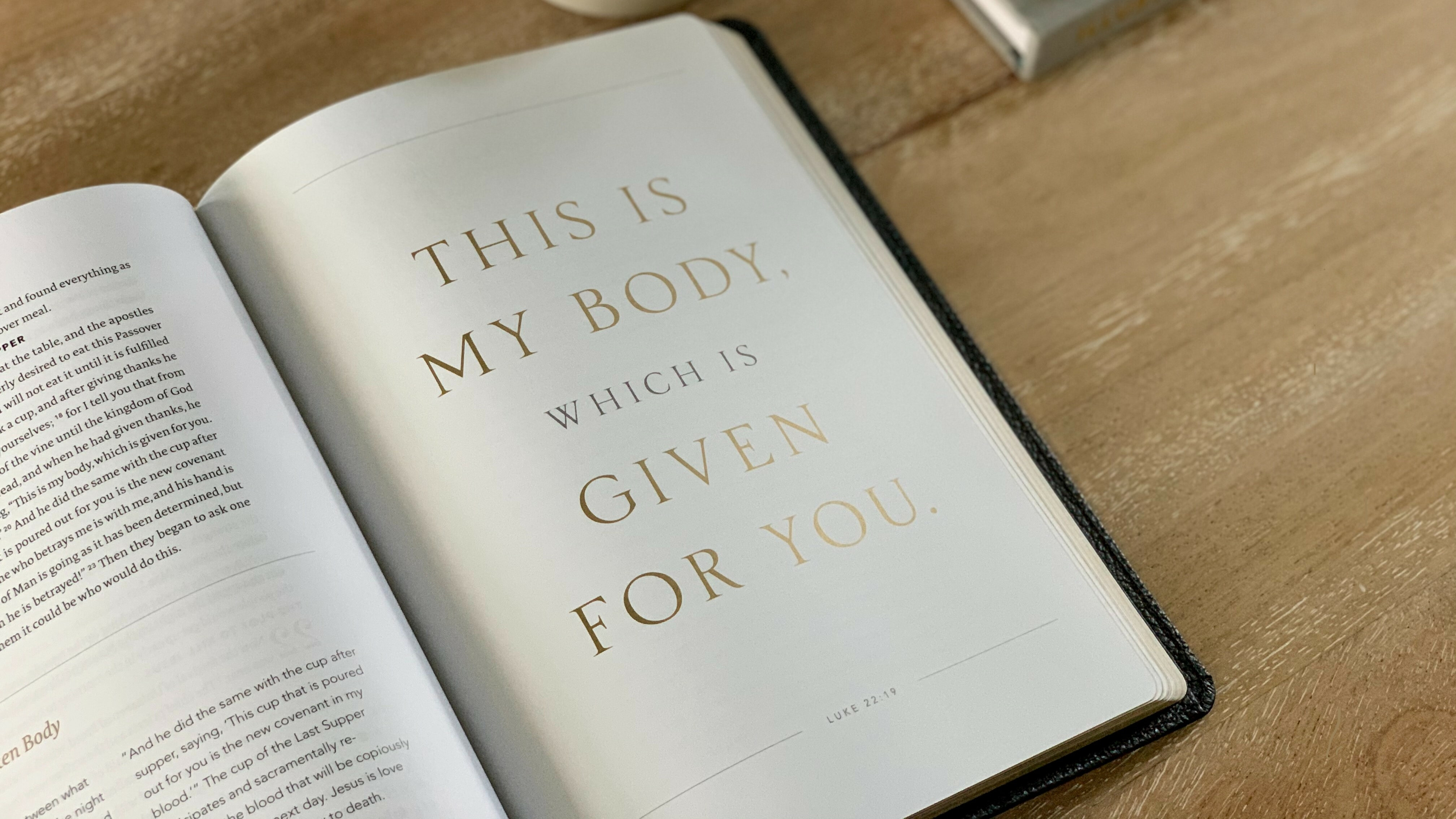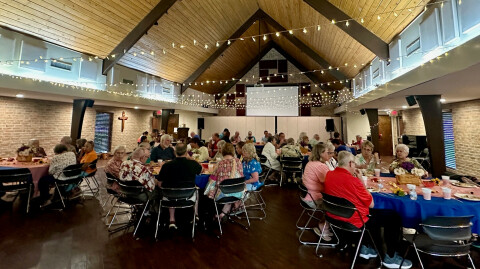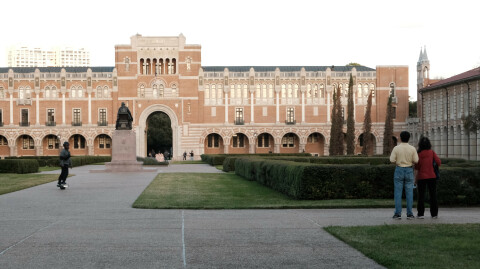Translate this page to another language:
TLDR: The 1928 Book of Common Prayer was filled with worship that reflected the theology of The Episcopal Church at the time.
A few weeks ago, I was talking with some parishioners about The Prayer Book and the blog I wrote about Eucharistic Prayer C. Now, as most of you know at this point, I love all of the Eucharistic services. I have less experience with previous prayer books, however, once, when I was still a Baptist I went to an Episcopal Church that used the 1928 Book of Common Prayer. I remember it being a beautiful service, however, that memory is overshadowed by meeting my sweet husband less than a month later and watching him lead worship.
When I spoke with a colleague at Camp Allen about his first time presiding with the 1928 BCP, he said that one change he noticed was that there was no peace, which I think has pluses and minuses. St. Dunstan’s does well greeting everyone during the peace and it is a good opportunity for fellowship. Sometimes The Peace can make newcomers feel left out if it is overly long. Another change is that The Fraction (when the host is broken) happens early during the institution narrative. Finally, the Gloria is at the dismissal, which makes sense to give God Glory at the end.
We have not had a new prayer book for forty three years, and before that, it was fifty years between Prayer Books. The 1928 Book of Common Prayer has the traditional language using “thee” and “thou”, generally speaking, it is more penitential in nature and feeling. If you look at the rite Notice that the confession is early in the service, within morning prayer. This resembles our rite during Advent and Lent.
It is also the first shift toward being more Roman-oriented in worship. There is still a general sense of being more evangelical and those factions were obvious. At the time of the revision of the American Book of Common Prayer in 1928, other prayer books throughout the Anglican Communion. After the Rite of Prayer Book Studies in 1953, there were titles and subtitles for sections with the Book of Common Prayer.
The book was, however, a step to less penitential with celebrant facing a “north-end” rather than “east facing” (as is the tradition in our altar). There were also prayers of intercession, what we now call Prayers of the People, and were then called “Bidding Prayer” were offered before the sermon.
The criticism of the Book of Common Prayer is that it began to feel formal. It also excluded women (which is particularly problematic for this priest).
The style of worship in the Episcopal Church from 1928-1979 began to resemble the Roman Rite more than typical, I think this is where we saw the use of “Catholic-lite” Episcopal worship services. Eucharistic vestments became more popular, this is something that I relate to more than other peers. I find the Eucharistic vestments to be helpful representations for myself of the service that I am taking part in, of course, this is a new trend and throughout most of anglican history such vestments were not used. The theology of real presence became more commonplace at this time. This is the idea that The Eucharist is truly the presence of Christ without being its actual body and blood as is believed in the Catholic Church.
Here is the Outline for the service as provided by Struhlman:
- Outline for service
- The Proclamation of the Word
- Abbreviated Morning Prayer (optional)
- The Litany
- Ante-Communion
- Lord’s Prayer was optional (it is now central to our service of every morning prayer, I forgot it the other day and felt so embarrassed).
- Collect for Purity
- Decalogue (this is the reading of the ten commandments and was required once a month)
- This was meant to help someone examine their conscience and respond accordingly with their lives. Now, many churches do not regularly read the decalogue together. At St. Dunstan’s, we read the decalogue during the Sundays of Lent and Advent.
- Threefold Kyrie (this was only optional on days when the Decalogue was said)
- Decalogue collect
- Salutation and Collect of the Day
- Epistle
- Hymn or anthem (optional
- Gospel with responses at announcements and conclusion
- Nicene or Apostles' Creed
- Bidding Prayer or Authorized intercessions (optional
- Sermon
- Holy Communion
- Offertory Sentences
- Offertory Sentences
- Offertory hymn or anthem
- Collection of alms
- Presentation of alms
- Preparation, placement, and offering of bread and wine
- Biddings for the secret intercessions of the congregation
- Prayer for the WHole State of Christ’s Church
- Exhortation (optional, but must be said at least three times a year
- Invitation, confession, absolution, and comfortable words
- Susum Corda and Preface
- Sanctus
- Prayer of Consecration (as in 1789)
- Lord’s Prayer
- Prayer of Humble Access
- Hymn or anthem (optional) and Communion
- Postcommunion Prayer
- Gloria in excelsis or hymn
- Blessing
I like how the 1928 Book of Common prayer begins communion with beautiful scripture verses, even more so than the 1979 Book of Common Prayer. There is much to be celebrated about this book, and as we see there is much that was used in our 1979 Book of Common Prayer. It is my hope that hearing about the worship service helps you better appreciate our current worship service.
1 Much of this blog was influenced by Stuhlman, B.D. (1988). Eucharistic Celebrations 1789-1979. New York: Church Hymnal Corporation. pp.105-124





